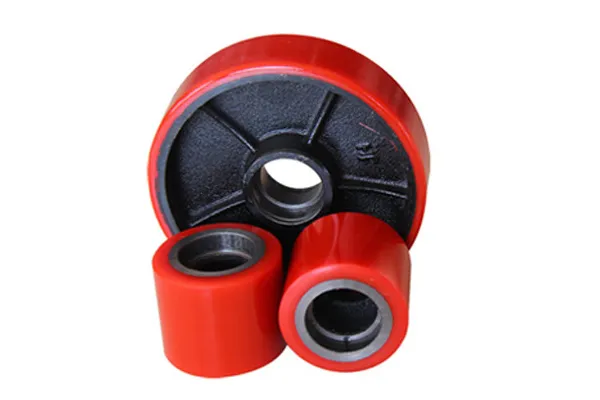


Understanding Fall Protection Devices Ensuring Safety in the Workplace
In various industries, particularly in construction, maintenance, and warehousing, the risk of falling from heights is a significant concern. According to the Occupational Safety and Health Administration (OSHA), falls are one of the leading causes of workplace injuries and fatalities. To mitigate these risks, fall protection devices have become essential tools to ensure the safety of workers. This article explores the different types of fall protection devices, their importance, and best practices for their use.
Types of Fall Protection Devices
Fall protection devices can be categorized into several types, each serving a unique purpose in safeguarding workers. The primary types include
1. Personal Fall Arrest Systems (PFAS) These systems consist of a full-body harness, a lanyard, and an anchorage point. The harness is worn by the worker, while the lanyard connects to an anchor to prevent falls. It's crucial to ensure that the harness fits properly and is used in accordance with the manufacturer’s guidelines.
2. Guardrails Guardrails are barriers erected around the edges of high surfaces to prevent workers from falling. These are often used on ledges, scaffolding, and rooftops. A proper guardrail system should be at least 42 inches high and include midrails for added safety.
3. Safety Nets Safety nets are installed below work areas to catch falling workers or tools. They offer a protective measure when other forms of fall protection cannot be implemented. Safety nets should be installed as close to the working level as possible to minimize fall distances.
4. Positioning Systems These systems allow workers to be supported, that is, to work hands-free while being secured. A positioning belt or harness is used, allowing workers to lean back against an anchorage point, often at lower heights.
5. Lifelines These are flexible lines used in conjunction with harnesses and lanyards, providing a means to secure workers at heights. Lifelines can be either horizontal or vertical, and they are meant to prevent falls by allowing workers to move within a certain area while remaining secure.
The Importance of Fall Protection Devices

The use of fall protection devices is not merely a regulatory requirement but a critical aspect of workplace safety. Implementing fall protection measures helps reduce the incidence of falls, which can lead to severe injuries or fatalities. Moreover, the financial implications of workplace accidents can be devastating, affecting not only the injured worker’s livelihood but also incurring costs for the employer in terms of workers’ compensation, lost productivity, and potential legal liabilities.
Incorporating effective fall protection devices fosters a culture of safety within the workplace
. When employees see that their well-being is valued, it enhances morale and promotes a safer working environment.Best Practices for Using Fall Protection Devices
To maximize the effectiveness of fall protection devices, consider the following best practices
1. Training Ensure all employees are trained in the proper use of fall protection devices. Regular training sessions can reinforce safety protocols and ensure everyone is familiar with the equipment.
2. Regular Inspections Routinely inspect all fall protection equipment to ensure it is in good condition. Check for wear and tear, and replace any damaged components immediately.
3. Proper Installation Ensure that all fall protection devices are installed according to manufacturer specifications and OSHA regulations. Improper installation can lead to catastrophic failures.
4. Assessment of Risks Conduct regular risk assessments to identify potential fall hazards. Effective fall protection strategies should be tailored to the specific conditions of each worksite.
5. Encourage Reporting Promote an environment where workers feel comfortable reporting safety concerns or incidents. This transparency can lead to improved safety measures and awareness.
In conclusion, fall protection devices are essential for safeguarding workers who perform tasks at heights. By understanding the types of devices available, recognizing their importance, and adhering to best practices, employers can dramatically reduce the risk of falls, ensuring a safer workplace for everyone.



